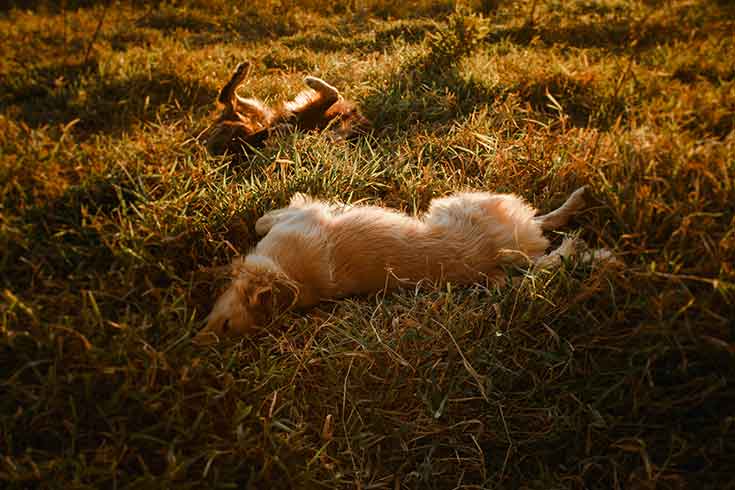Whats the topic for today?
Yesterday today tomorrow
Very cryptic can you tell us more?
I’m going to talk about plants that can be poisonous to pets and yesterday today tomorrow is just one of those plants.
Oh yes I remember reading about a dog that died recently from eating that?
Yes it was very sad. It was a bichon frise from Taranaki that ate the shrub in the owners garden. It is quite a common garden plant.
So do you often see dogs that have been poisoned after eating it? Does it taste good?
No not really. In fact the dog that died had living happily with the plant for three years without eating it before. Dogs are inquisitive though and occasionally will taste something you wouldn’t normally expect them to eat. In this case it just happened to be toxic.
What are the symptoms?
It depends on how much they eat but if they eat enough it causes salivation, seizures and death.
Is it treatable?
If you know they have eaten it within a couple of hours we can make them vomit but there is no antidote.
What does the plant look like?
It is characteristic as it has purple leaves which fade to white after it has flowered. If you are not sure if you have it in your garden you can google it or check one out at the local garden centre.
Should people pull this out of their garden if they have pets?
It’s a risk all owners will need to assess for themselves. Ideally yes remove it. The risk is low but is it worth taking any risk at all?
What other poisonous plants can you find in the average garden?
There’s lots of plants that are toxic if enough is eaten but cats and dogs usually wouldn’t eat a lot of a plant. Lily of the valley and also lilies in general are particularly poisonous to cats. They can cause kidney failure. Some other common ones are yew, foxglove, monkshood, mistletoe. Even common things like onions are toxic if eaten in large quantities.
So how will people know if something that their pet has just eaten is poisonous?
If they know the name of the plant they can ring their vet who can look up the plant on a database to see if it is listed as being poisonous. People can also ring the national poisons hotline based in Dunedin. The number can be found through directory enquiries. The internet is full of information too.
What if they don’t know the name of the plant?
They could take a sample along to a garden centre to have it identified first. They could also take a sample to their vet but unless it was a common known poison the garden centre is going to have a better chance of identifying it than your vet.
Have you ever treated a pet poisoned by a plant?
Only once, so it really isn’t that common as I’ve’ been a vet for 15 years.
What plant was involved and did the animal survive?
It was a dog that had eaten a magic mushroom, one of those large red and white spotted ones you find under pine trees. They contain a strong hallucinogen so the dog was spaced out and also vomiting profusely. Fortunately that one survived.
What about farm animals, they must quite often be poisoned?
Yes herbivorous animals are much more likely to be poisoned by plants. One story I like to tell is the sad tale of a circus elephant that died during transit in an open topped truck.
Tell us more
The elephant was dead on arrival and the driver of the truck had no idea what had happened. It turned out that the elephant had managed to eat some tutu leaves from an overhanging tree when the truck was parked at traffic lights. Tutu is deadly poisonous. Rumour has it that the truck was waist high in vomit when the doors were opened.
Not a pleasant thought!
